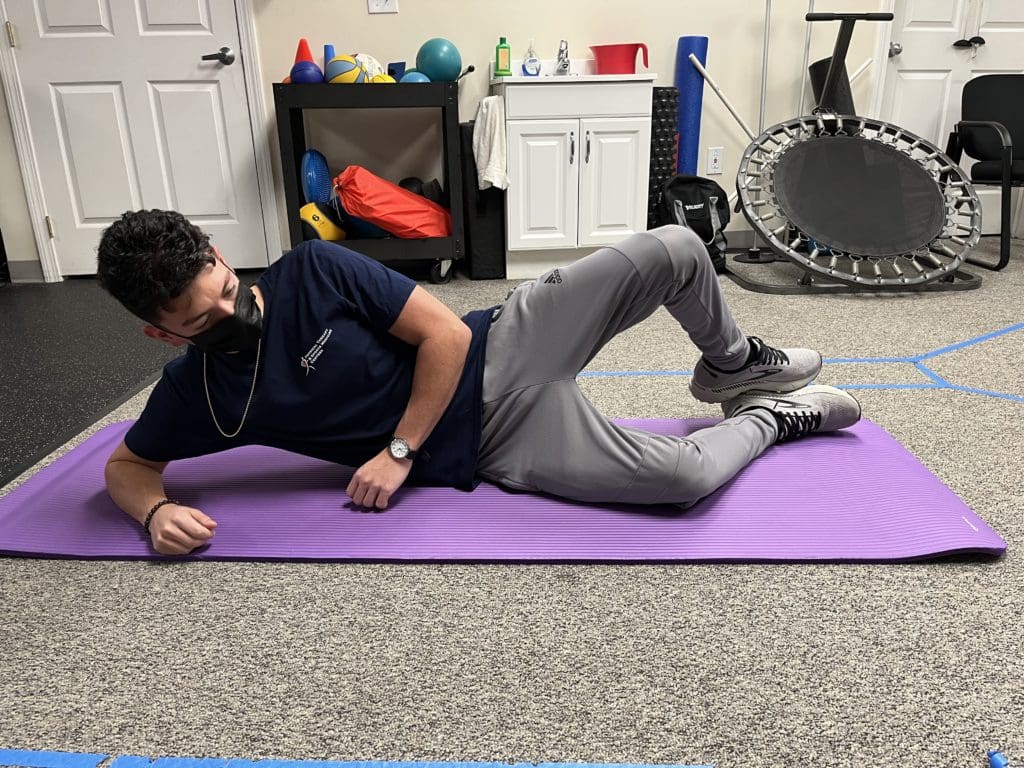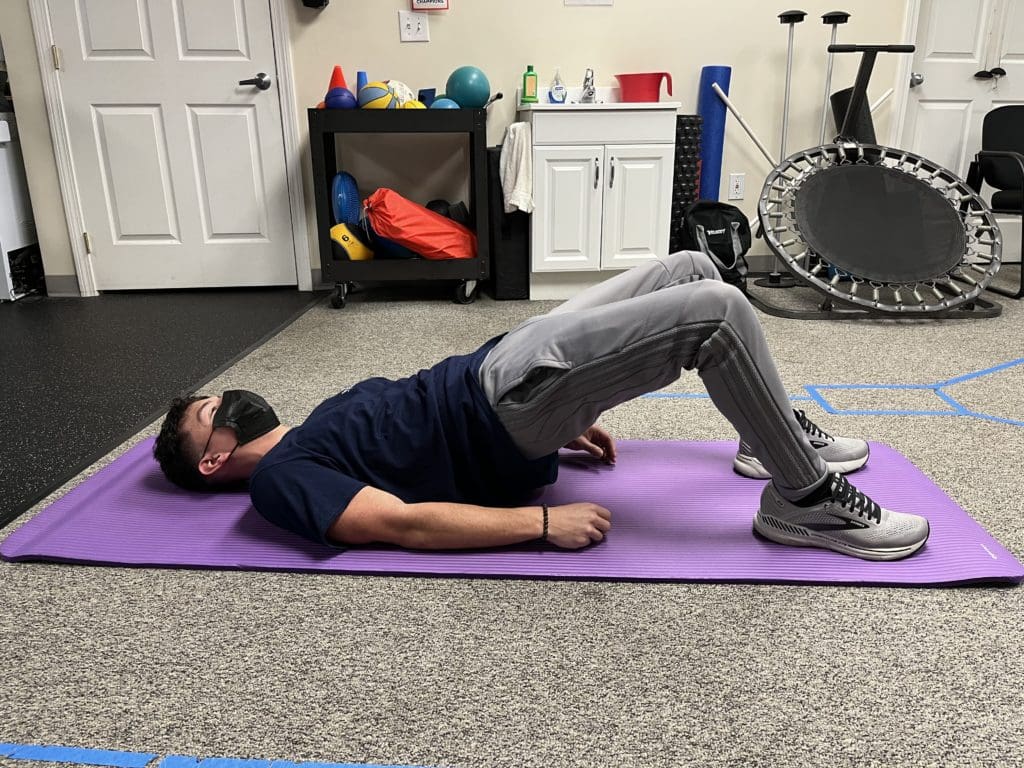5 Common Causes of Pain and Tips to Fix Them from a Physical Therapist
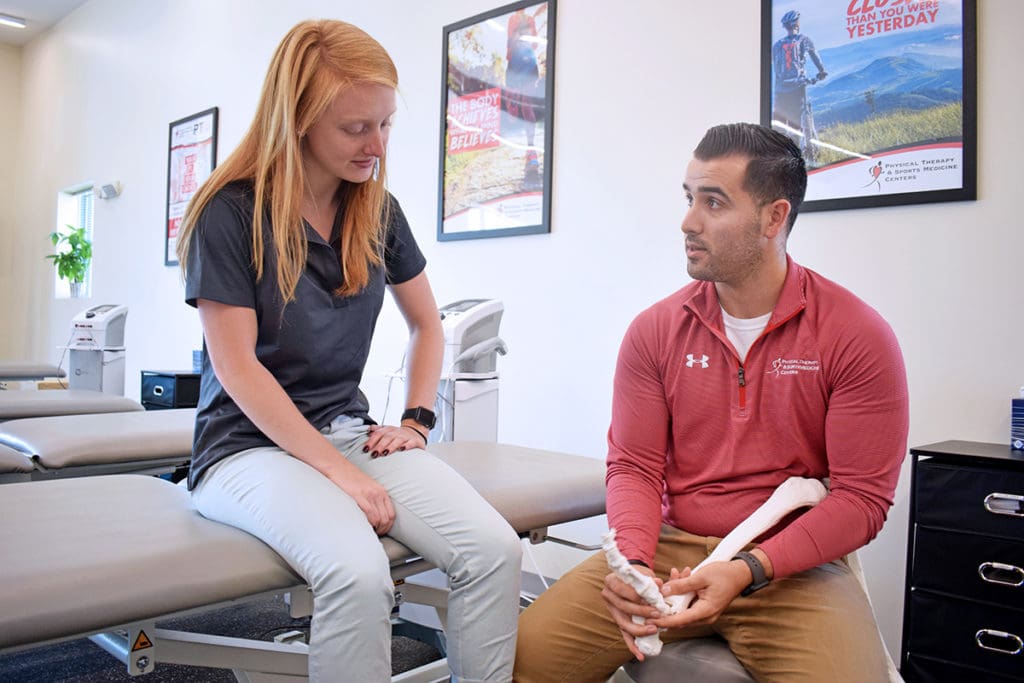
Everyone will experience some sort of pain their lifetime, but do you find yourself with nagging low back pain or knee pain? If so, you’re not alone!
Pain can be complex and different for everyone, but there are some common areas of minor pain that we see most often in the clinic. These types of pains can be caused by common lifestyle factors, such as sitting most of the day, not exercising, or only doing one type of exercise that only targets certain muscles, like running.
In today’s blog post, we broke down 5 common areas of pain and how to fix them with simple exercises and stretches. Even if you’re not experiencing pain, these exercises are great for anyone who is developing or retooling their fitness routine and looking to avoid pain and imbalances.
Often, the root cause of the pain is not actually where you feel the pain. For example, many people with knee pain often have weak glutes instead of something wrong with their knees. They might try to relieve the pain by icing or stretching their knee but aren’t treating the root cause of the pain.
Doing these exercises can help many treat and prevent pain, but for others, this might not fully resolve pain. Make sure to consult a PT if you are experiencing lingering pain!
1. Knee, Hip, or Low Back Pain Caused by Weak Glutes
Many people who are sedentary and sit a lot during the day, whether in the car or at a desk, can have weak glute muscles: the gluteus medius, maximus, and minimus. If you have knee, hip, or low back pain, strengthening the glutes might help to alleviate your pain and make activities like walking, going up stairs, or jumping easier.
Exercises anyone can do to strengthen the glutes:
More advanced exercises that work the glutes:
- Sit to Stand or Squat
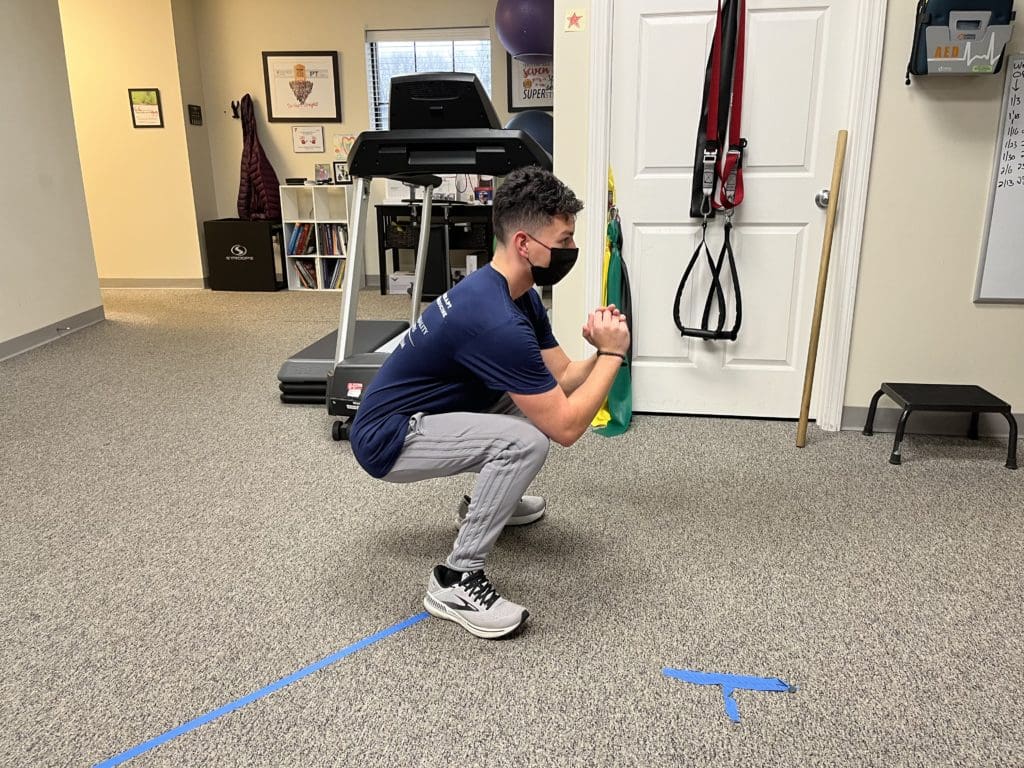
- Hip Thrust
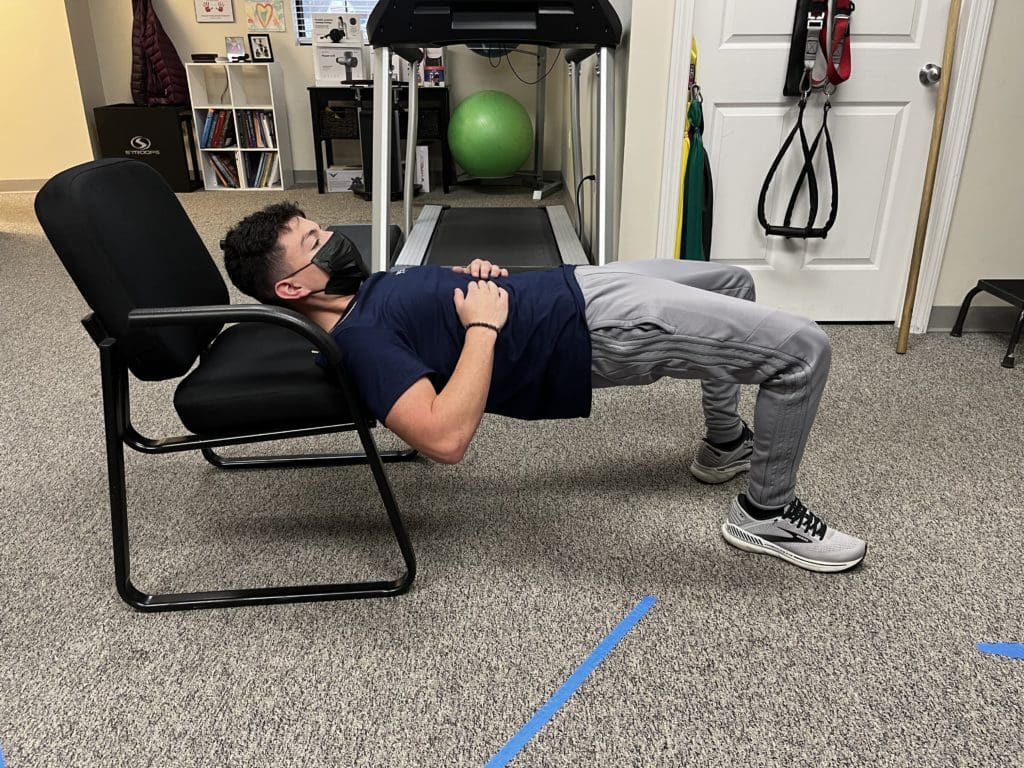
- Reverse Lunges
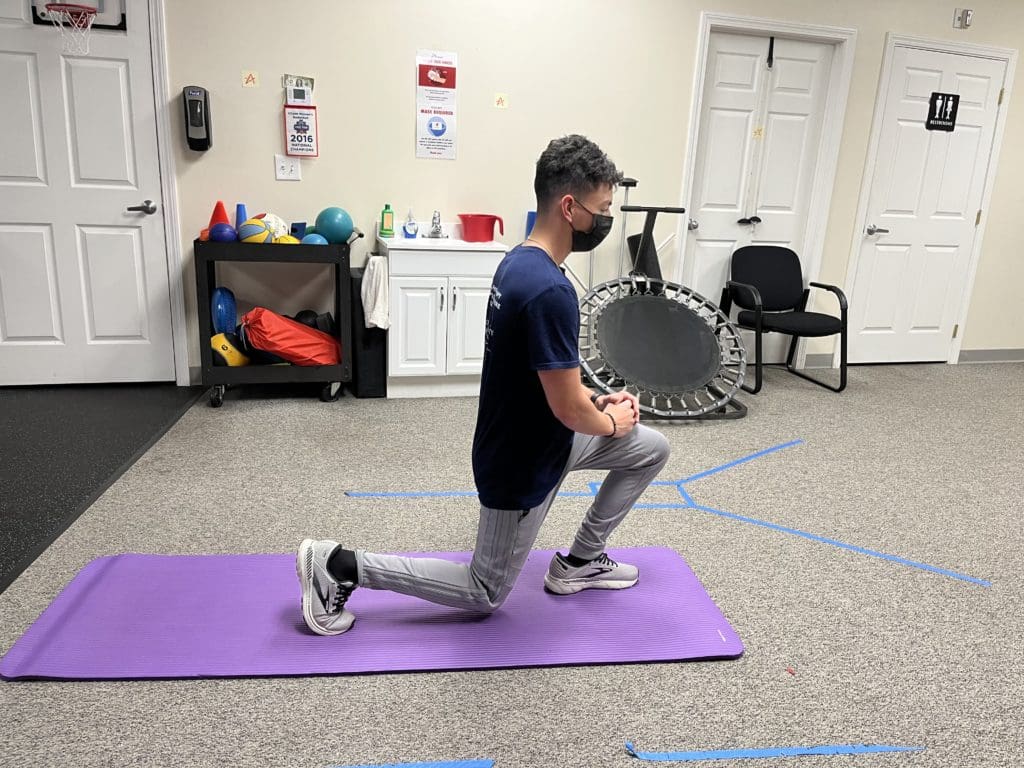
If you have knee pain, try starting with clamshells, lateral walks, hip bridges, and hip thrusts, which are easier on the knees. Don’t skip squats though – even if you can only go down a little bit, they’re a very functional movement, since we sit down and stand up so much throughout the day.
2. Weak Back and Tight Chest
If you’re hunched over throughout the day, you might have tight chest muscles and weak back muscles. This can be detrimental to posture and lead to low back pain. Understanding how your scapulae (shoulder blades) move during movements, and strengthening the muscles that move them can help reverse those negative side effects.
Conversely, many people have tight chest muscles. While it’s still important to strengthen the chest muscles by completing moves like chest flies and chest presses, it’s just as important to stretch the chest muscles. Going through the full range of motion for each movement and performing specific strength exercises can be a big help.
Back exercises
- Prone lateral raise
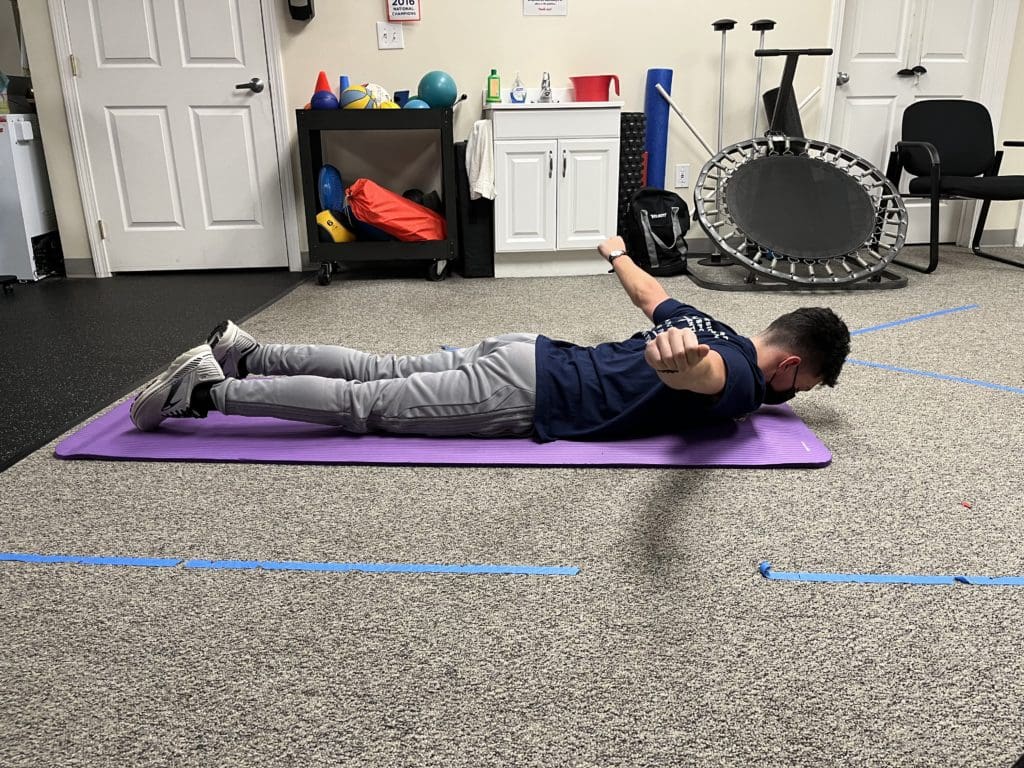
- Prone front raise with thumbs up
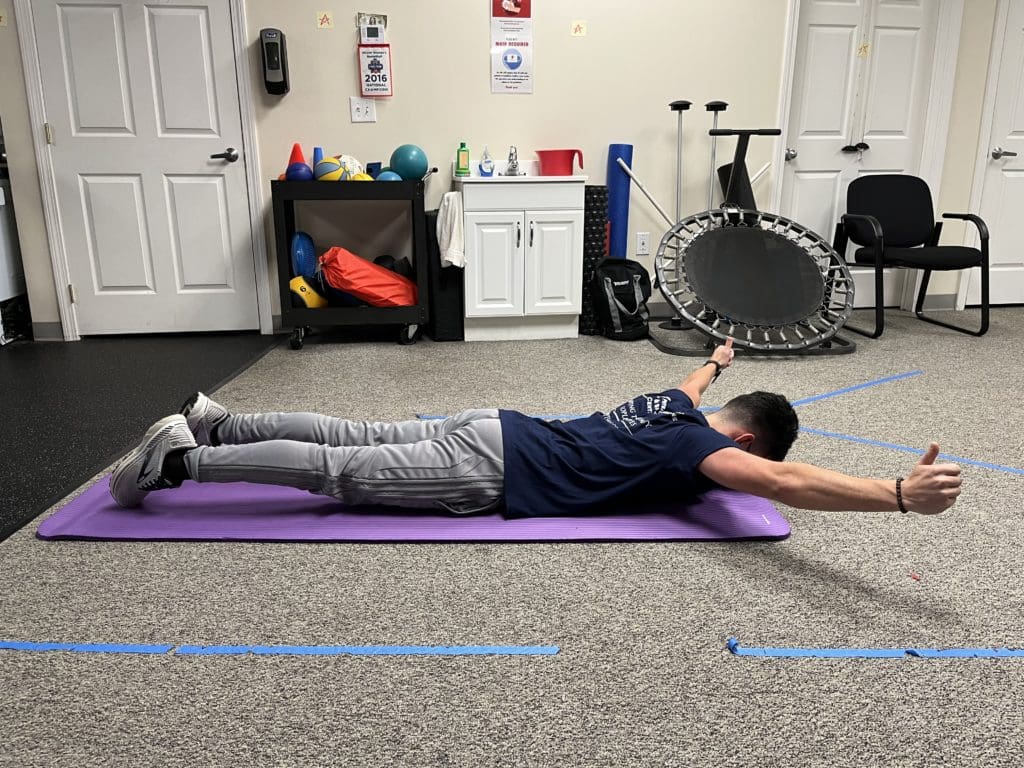
- Scapular retraction
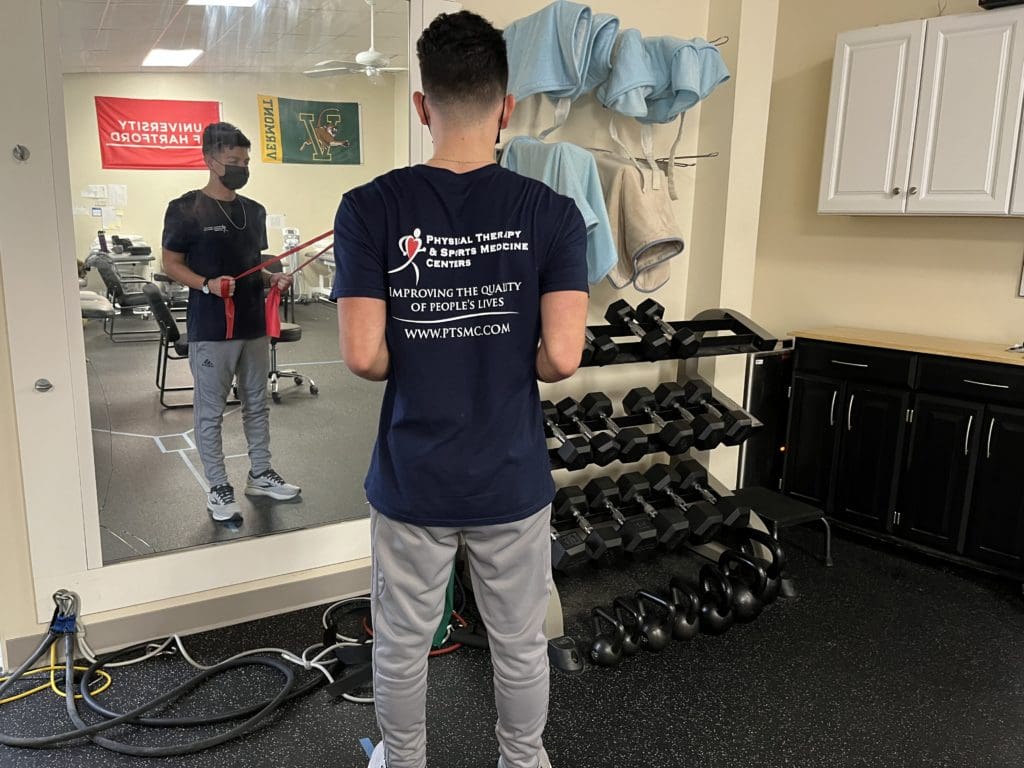
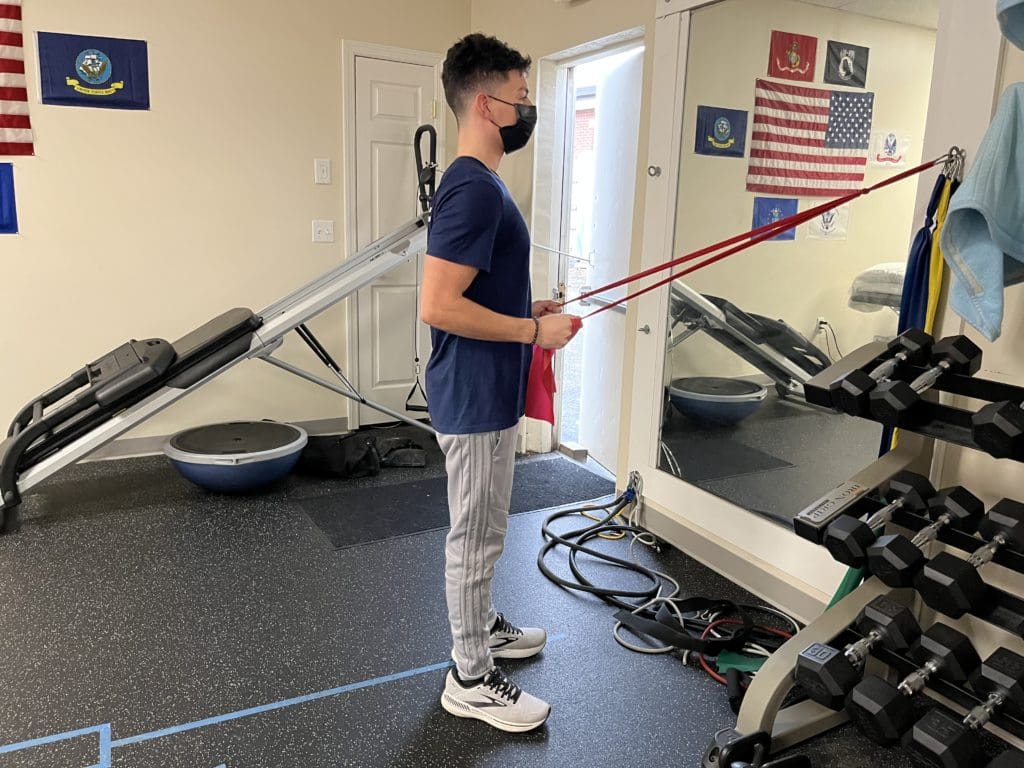
- Band Pull-Aparts
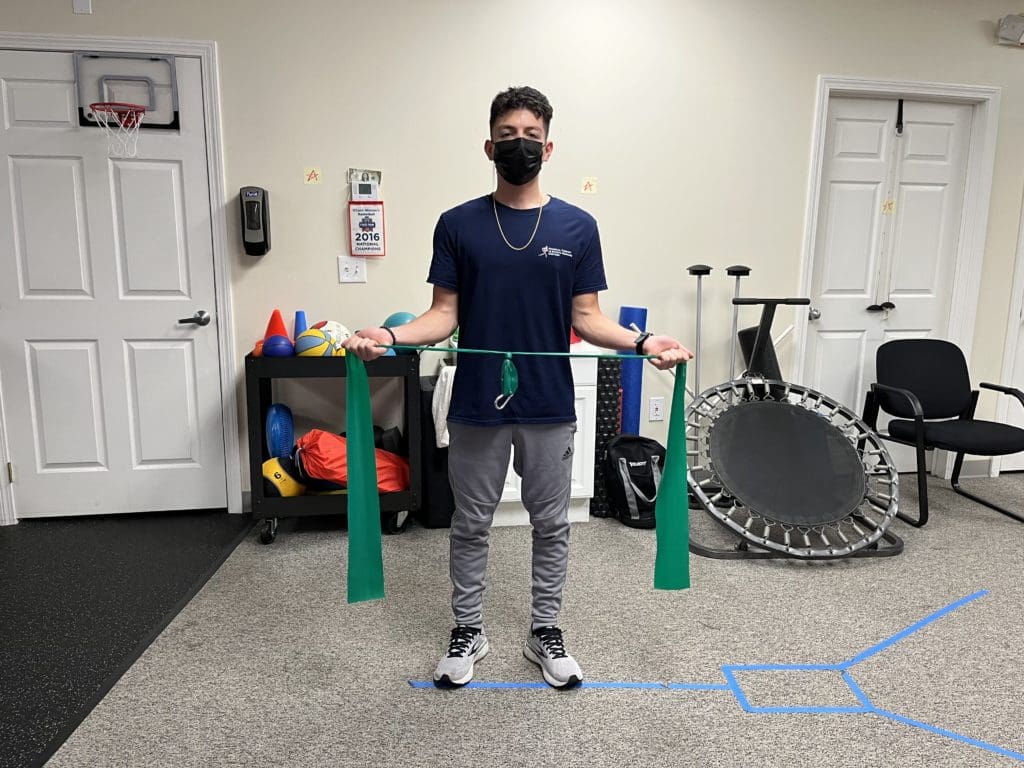
Here is a chest stretch you can do that requires only a band or dowel
3. Tight Calves and Immobile Ankles
Yes, you should actually be concerned about your calves! The calves are essential for walking, running, and flexing the foot. While many athletes get tight calves from overuse, many regular gym goers neglect stretching their calves. This can lead to knee pain and a decrease in knee and ankle mobility. If you notice your heels coming up during a squat or that you can’t squat very deep, your calves might be the cause of it, as they’re not allowing the ankle to move through its full range of motion.
Here some stretches to increase calf flexibility and ankle mobility:
- Standing gastrocnemius stretch
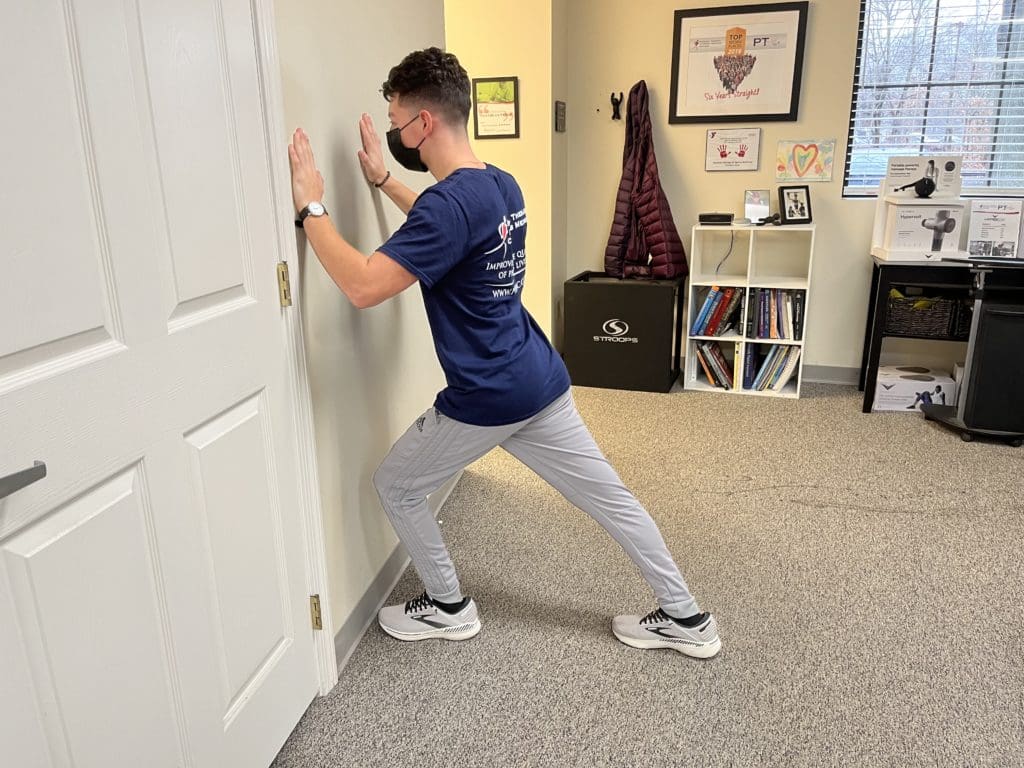
- Calf stretch on a step
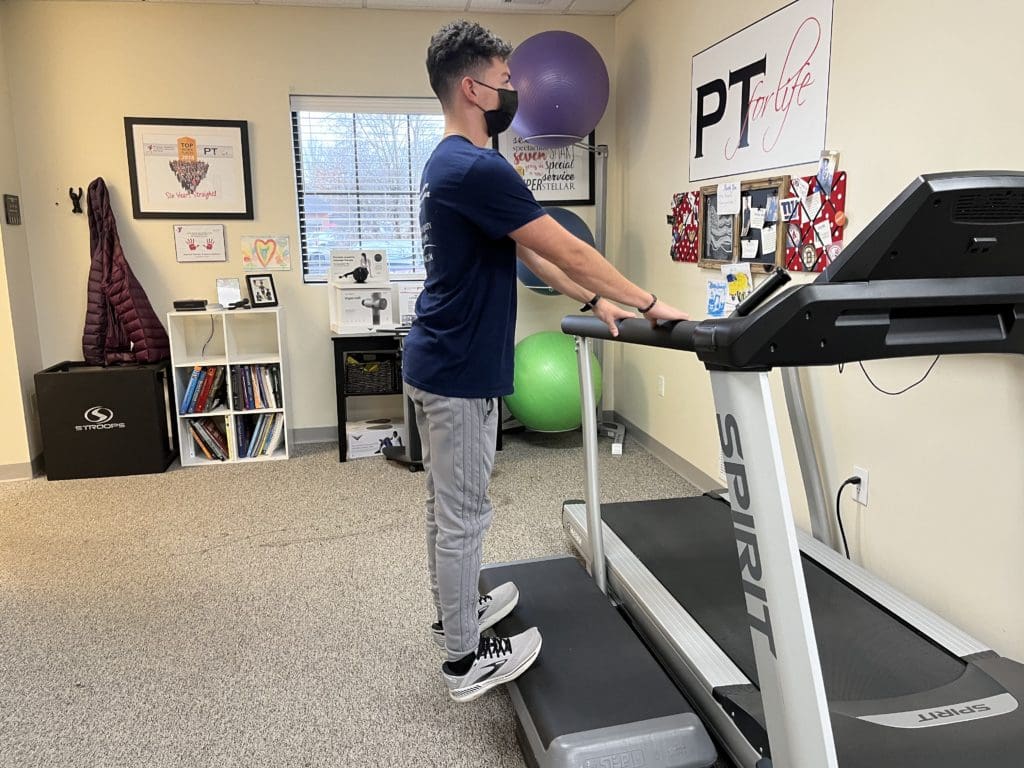
- Seated calf stretch
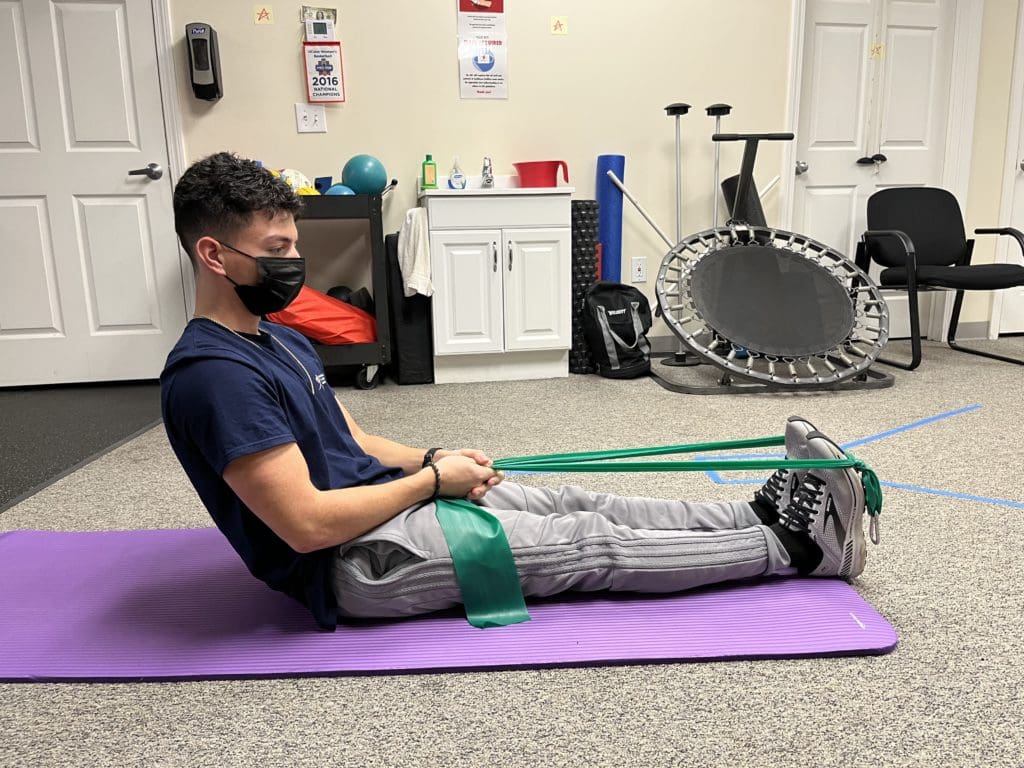
4. Weak Hamstrings
If you feel like you have tight hamstrings and are always trying to stretch them out, you might actually have weak hamstrings. Most common exercises (running, squats, biking, lunges) tend to focus on the quads more than the hamstrings, so if you’re not doing specific exercises to target your hamstrings regularly, they are probably weak. This can lead to hip, knee, and low back pain, and the weakness is exacerbated by excessive sitting. One thing to note when exercising the hamstrings: take it slow! Hamstring injuries are common, so it’s very important to warm-up and not overwork your hamstrings. Start slow and gradually increase the intensity.
Here are some hamstring exercises:
- Romanian Deadlifts (RDLs)
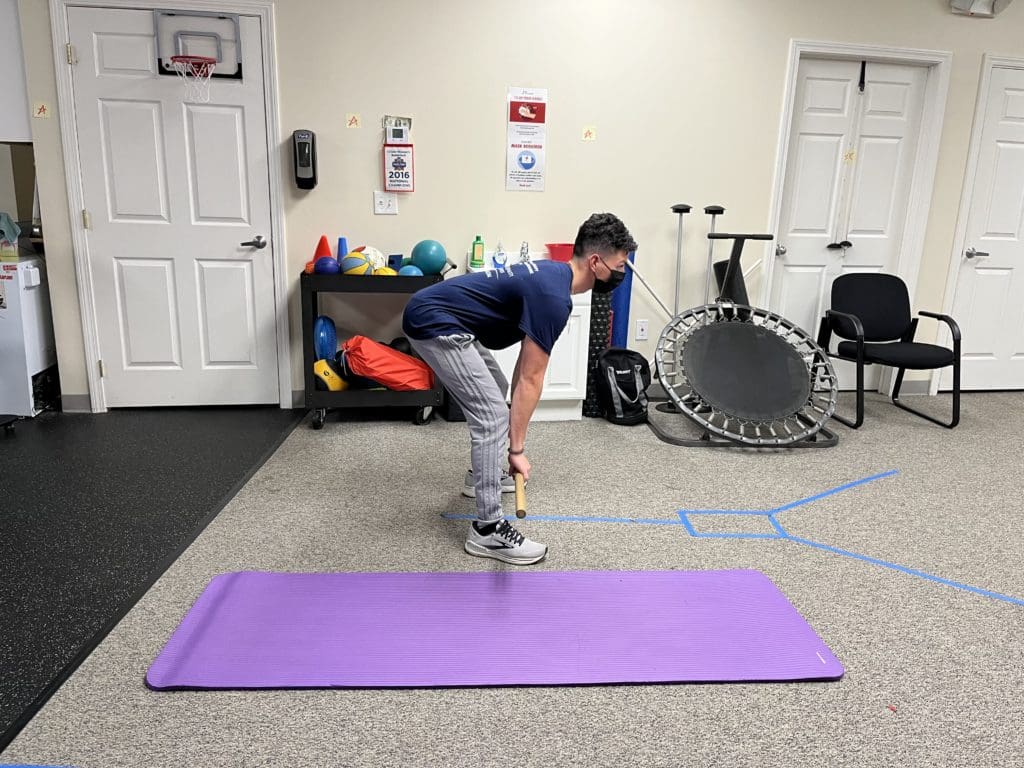
- Good Mornings
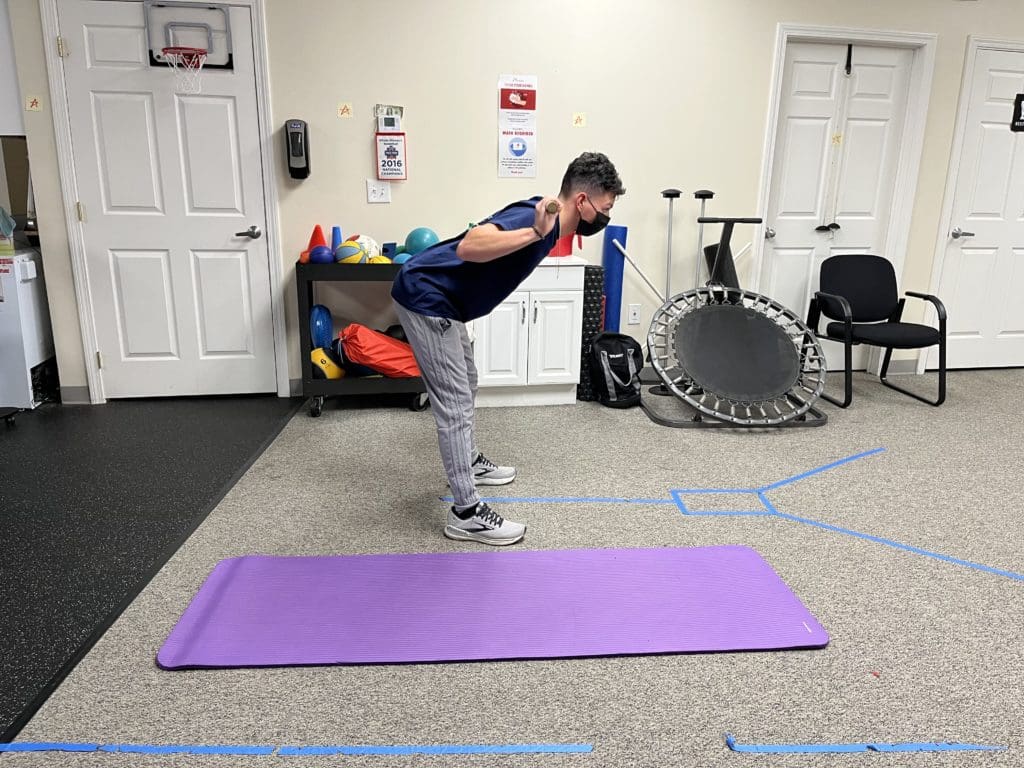
- Hip Bridge – even better hip bridge on a foam roller or single leg hip bridge
- Hamstring curls
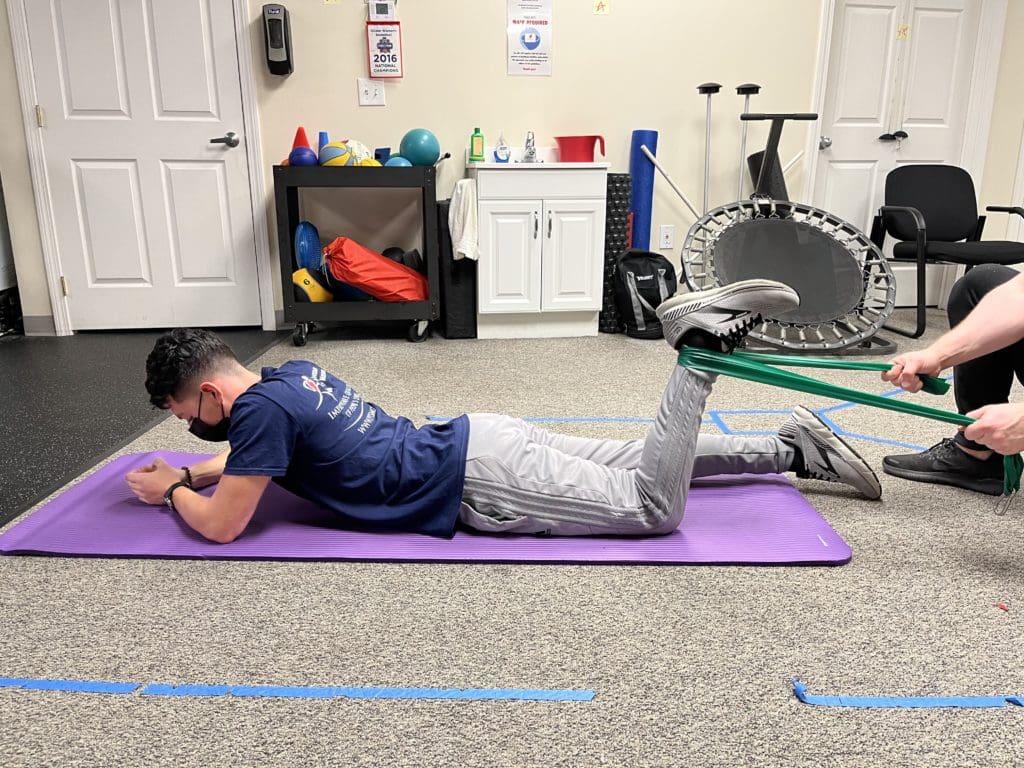
Going slow and going through the full range of motion are key to get rid of weak and tight hamstrings.
5. Weak Core
Yes, a lot of people have a weak core, and no, doing a thousand crunches will not solve it. Your core is so much more than the visible six pack abs. It also includes your obliques, pelvic floor, low and mid-back muscles, and deep muscles like the transverse abdominis. It also includes the hip muscles, like the glutes.
A weak core can also lead to low back and hip pain, so for optimal health, you need to train your core functionally. The core muscles work to stabilize the trunk and protect the spine. Training your core will improve posture and allow you to perform movements like bending over and twisting more safely. As your legs and arms get stronger, it’s extra important to make sure your core can keep up. If you’re squatting a heavy weight, your core needs to be able to maintain a neutral, safe spine during the lift.
The key is to learn to engage all your core muscles through a technique called bracing when you contract all of the muscles of your core to keep the torso and spine rigid. Think of it more as expanding than shrinking your muscles, though. Learning proper bracing will help you to perform better and improve your daily function. Take a deep breath in and contract all the muscles to make your stomach, back, and sides rigid. One cue that helps some people is to imagine you are about to get punched in the stomach.
Core exercises
- Supine Marching
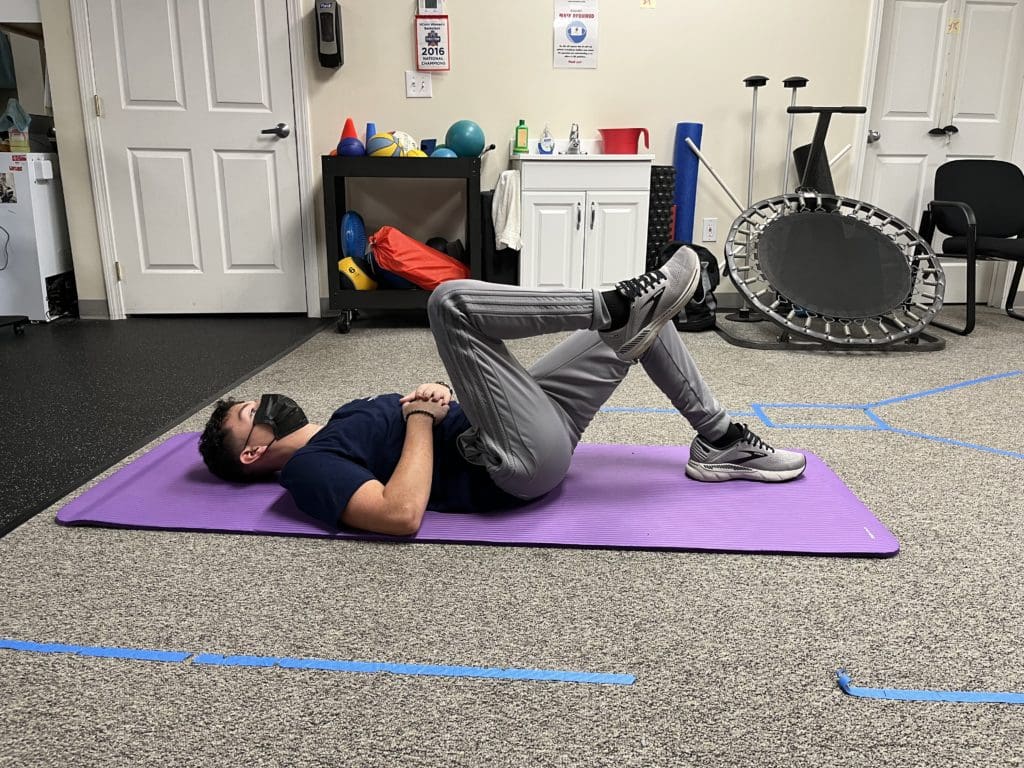
- Dead Bugs

- Planks
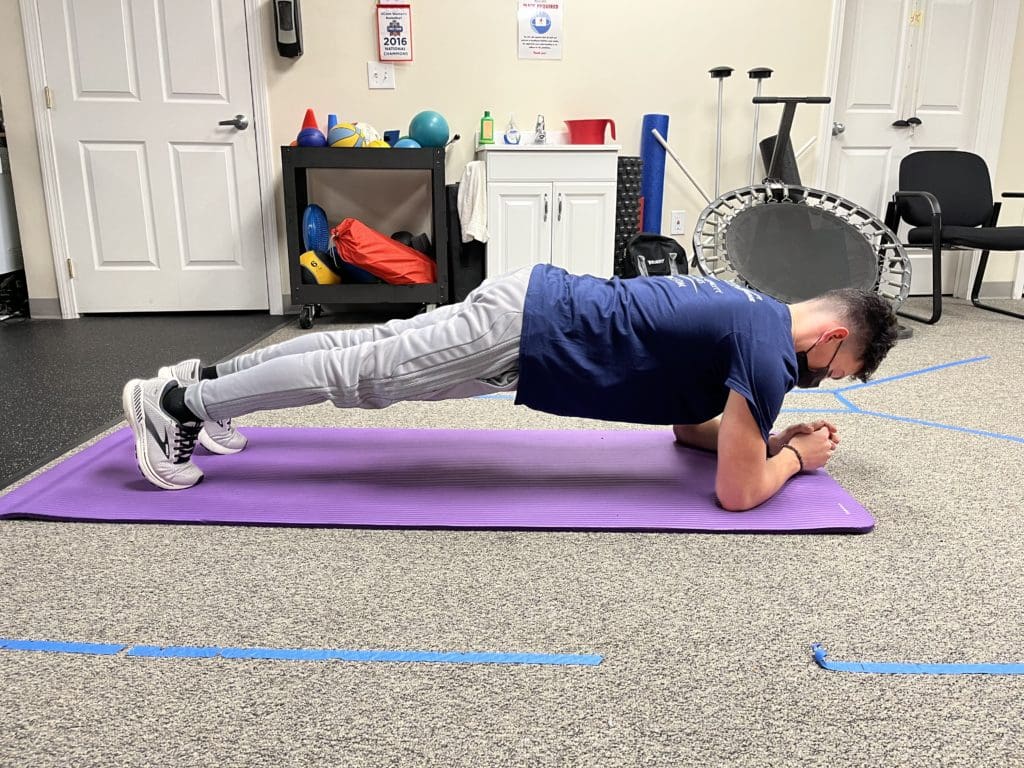
- Side Planks
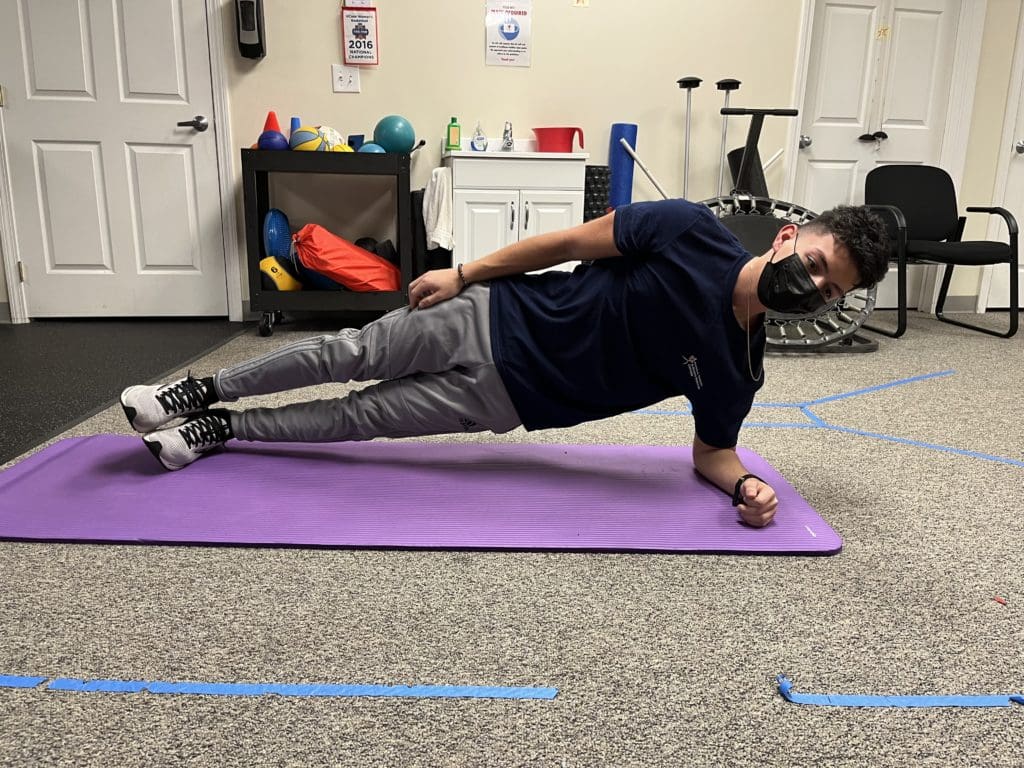
- Bird Dogs
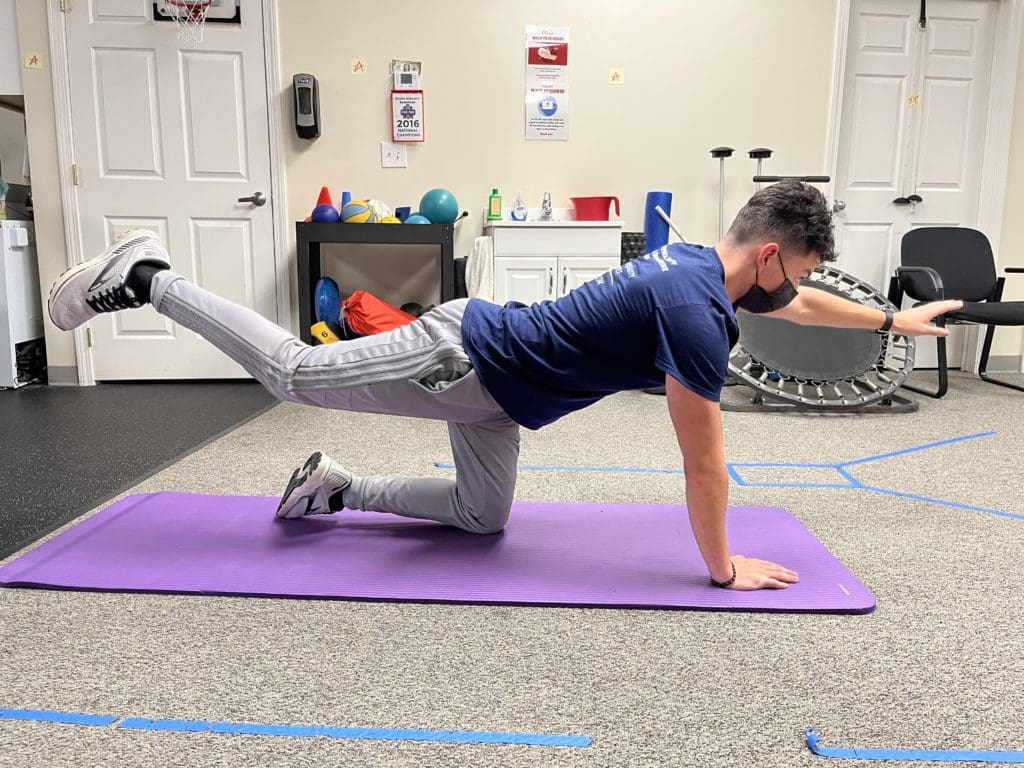
Remember, these exercises and stretches are great at preventing and helping to alleviate minor muscle pain. If your pain persists, give one of our clinics a call so that a physical therapist can determine the true cause of your pain and help you to start feeling better!


